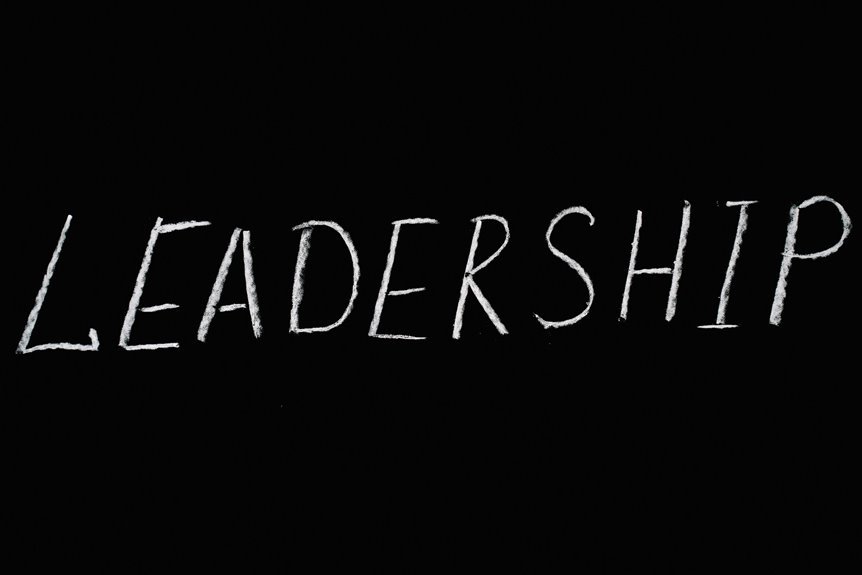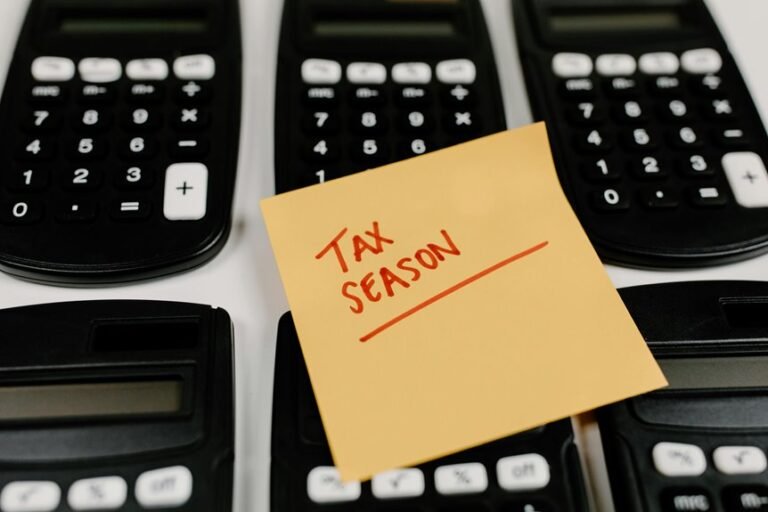Caller Integrity Protection Authority Investigation Board 3385626967 3928383356 3510687006 3898429320 3894834571 3278356644
The Caller Integrity Protection Authority (CIPA) Investigation Board has flagged several numbers, including 3385626967 and 3928383356, for suspicious activity. These findings raise questions about the integrity of caller ID information and its implications for consumer trust. As you explore the investigative techniques used by CIPA, consider how these efforts shape our understanding of telecommunications security and the potential impact on everyday users. What might this mean for your own interactions with caller ID?
Overview of the Caller Integrity Protection Authority
The Caller Integrity Protection Authority (CIPA) serves as a critical oversight body aimed at safeguarding the integrity of caller identification systems.
It focuses on enhancing fraud prevention by ensuring that caller ID information remains accurate and trustworthy.
Investigative Procedures and Techniques
While investigating potential violations of caller ID regulations, CIPA employs a range of systematic procedures and techniques designed to uncover fraudulent activities effectively.
You’ll find that their investigative methods include thorough data analysis, which helps identify patterns and anomalies.
Highlighting Suspicious Numbers
Identifying suspicious numbers is crucial in the fight against caller ID fraud. You should pay attention to numbers that exhibit suspicious patterns, such as repeated calls from similar digits or unusual areas.
These patterns often signal potential fraudulent activities. By recognizing these indicators, you can better protect yourself and others from scams, ensuring a safer communication environment for all.
Importance of Consumer Protection in Telecommunications
In a rapidly evolving telecommunications landscape, consumer protection becomes essential to safeguarding individuals from deceptive practices and scams.
Effective telecom regulations not only uphold consumer rights but also foster trust in service providers.
When you understand your rights, you empower yourself to navigate the complex telecom environment, ensuring you’re not vulnerable to exploitation and that your communication needs are met fairly and transparently.
Conclusion
As the Caller Integrity Protection Authority continues its investigation, the fate of the suspicious numbers hangs in the balance. Each call made from these digits could be a potential threat or a false alarm, leaving consumers on edge. What’s next for the CIPA? Will they uncover a web of deceit or reveal a harmless coincidence? The answers remain just out of reach, urging vigilance among users as they navigate the murky waters of telecommunications integrity. Stay tuned.





